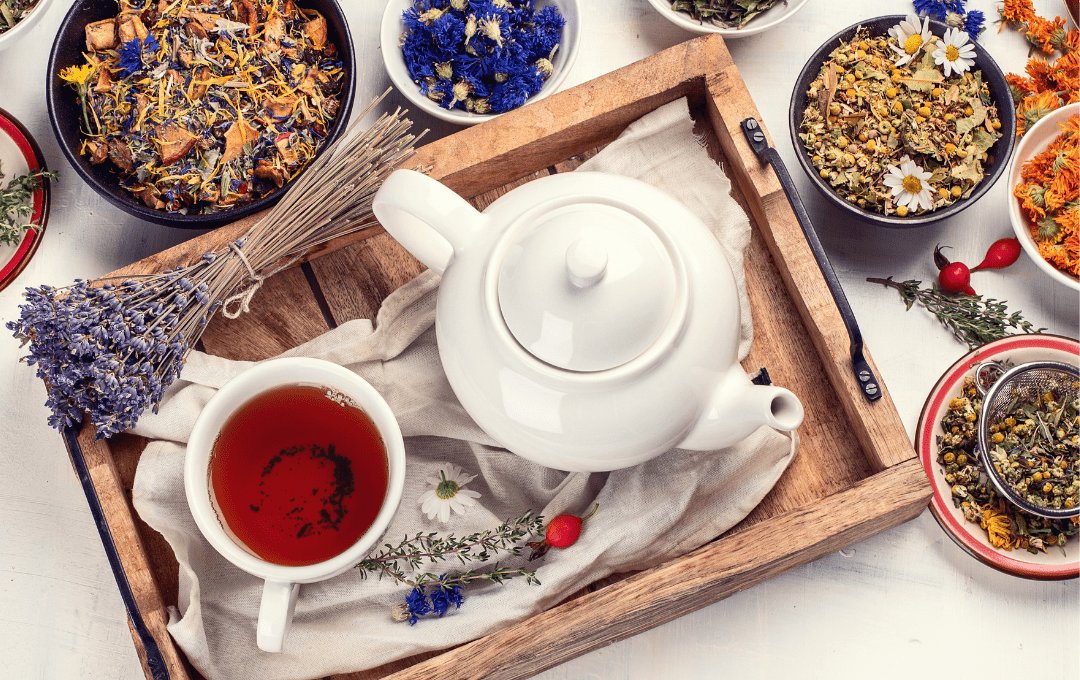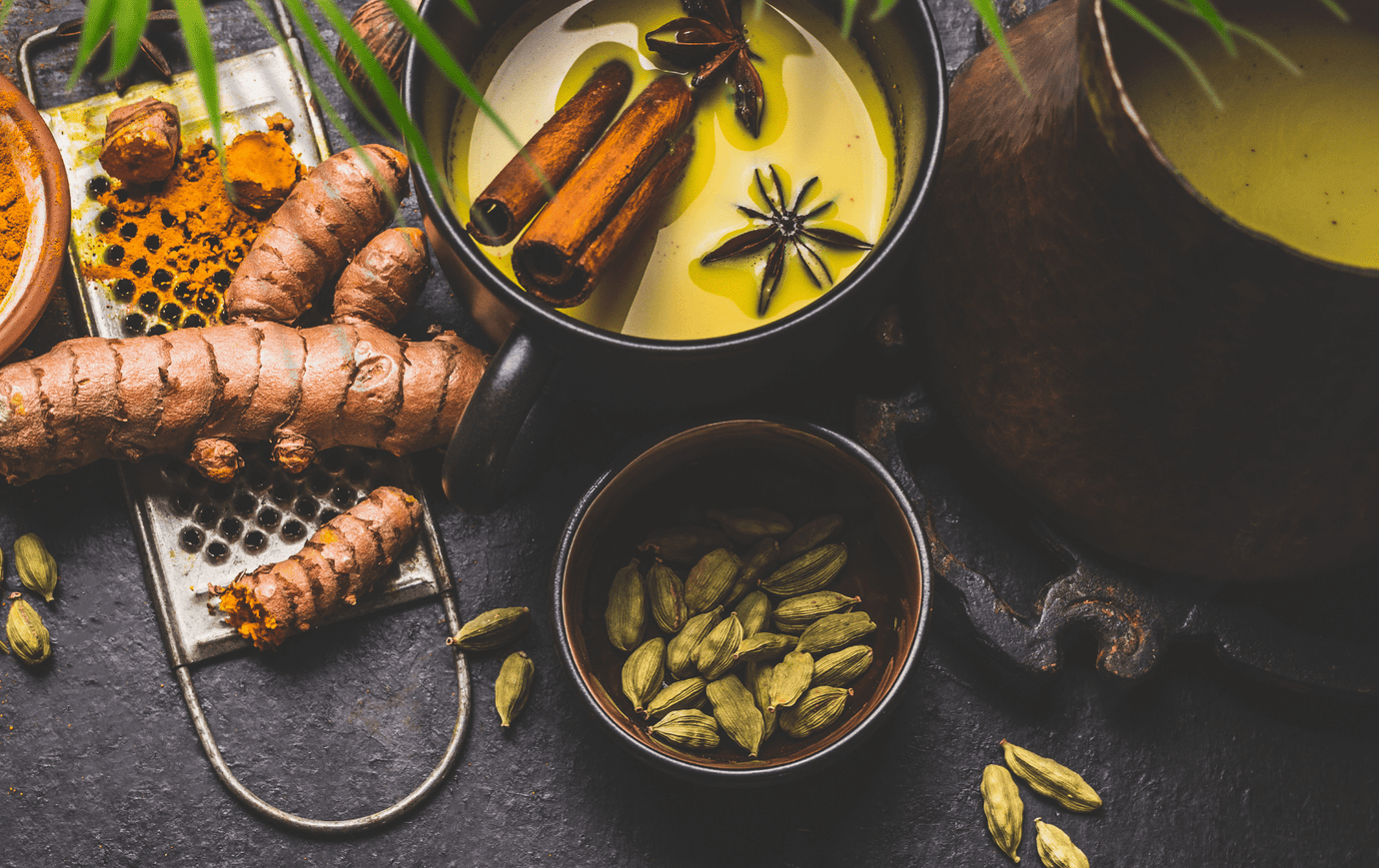A leaf of many colors; the different types of tea

Green, black, white, the list goes on!
For many a caffeine drinker, chances are you have heard of green tea. And black tea. And white tea. And Oolong, etc. etc. etc! But what exactly are all these different colors? How do they differ? And are they different flavors?
Many colors, the same leaf
To begin with, let’s talk about some misnomers and misconceptions. True teas like green, black, white, yellow, Oolong, and dark/fermented/pu’erh all come from the same plant, the camellia sinensis, or one of its variants, the Chinese camellia sinensis var. sinensis or the Indian camellia sinensis var assamica. Black tea and pu’erh tea, in particular, come from this variant of the camellia sinensis mainly found in India, Yunnan, and Southeast Asia.
But they are all ultimately from the same plant. They all also possess caffeine. Perhaps you have heard that white tea contains less caffeine or even no caffeine at all. While many white teas do have milder flavors and slightly lower caffeine levels, this is not universal, and some white teas varieties possess a whopping dose of caffeine! The difference in regards to the tea’s colors all has to do with how long and to what extent the tea leaves are allowed to oxidize after they are picked.
Oxidization is similar to fermentation (the two terms are often used interchangeably in the tea world) and includes allowing the leaves to sit and soak up oxygen, hence the name. This results in some unique chemical reactions within the leaves that lead to an altered flavor and coloration.
Other factors and variables determine what color or type of tea leaves become, but to keep it simple for now, the main difference is how long the leaves are allowed to soak up oxygen and ferment a little before they are exposed to a heat source which ceases the oxidization process, allowing the leaves to then be sold and enjoyed as a beverage.
So then, what’s the least and most oxidized tea type?
The scale from least to most oxidized tea leaves begin with white tea and ends with the fermented/black*/pu’erh variety. Tea leaves are processed by pan firing or another method of heating the leaves to stop them from oxidizing further. The flavors, hints, notes, and caffeine levels of each leaf type depend on many other factors like processing methods, cultivar and plant variant, and terroir. But generally speaking, the less oxidized teas taste more fresh, green, and vegetal or fruity, while the more oxidized are more savory, umami, bitter, and bold. The scale from least to most oxidized is as follows;
Least Moderate Most
White, green, yellow Oolong, black Dark/fermented/pu’erh
- White tea
Generally, the least oxidized of the tea types, white teas are named because they are made from the very young tea leaf buds. These early buds still have silvery-white down on them, hence their name. They usually appear whitish, yellowish, or very faint green. The tea’s liquor is usually light gold to a very tranquil green color. Flavors are typically fruity, floral, and light, with the caffeine often a bit lower compared to other tea types.
- Green tea
The next most oxidized. Green tea can be made from early buds like white tea or some more mature leaves, too. Green leaves can range from a more robust yellow to a deep dark alpine green, with the tea liquor being light jade to a deep timber green depending on the leaf. Flavors can range from lighter and fruitier to a deep and bitter grasslike taste. Green tea boasts some moderate caffeine content. Matcha is a variation of green tea that has been pounded and pulverized into a fine powder.
- Yellow tea
This rare tea type is mainly only found in China and Korea. The next more oxidized but usually only slightly more than green tea. The differences between yellow and green tea can be rather subtle, but yellow teas are generally processed in a somewhat different method from greens and thus earn themselves a unique place in the tea pantheon.
- Oolong tea
Oolong’s name is also named after its coloration, albeit in Chinese! The character’s for Oolong are often interpreted as “black dragon” in reference to how dark the leaves can get after they are processed. Oolong teas are fermented more than yellows and greens but about as half as much as black teas. Their caffeine content is around a similar scale to green tea, while their flavor palette is truly unique. Some Oolongs are fruity or vegetal, while others are savory, sweet, buttery, nutty, and in some rare cases, breadlike. The tea liquor of Oolong is often a striking yellow color.
- Black tea
The next most fermented. These leaves have a fascinating naming history. In East Asian languages, they are “red teas,” while outside of Asia, they are “black tea.” The confusion comes from the time tea was being introduced to the Western market for the first time. Europeans had heard of green tea, but the Dutch and British merchants shipping tea from China wanted to differentiate this “new” (new for them at least) product from green tea.
Having only seen the leaves, they called it “black tea” because the leaves of most black teas are, well, black. In Asia, however, the name “red tea” refers instead to the tea’s liquor color, which in some cases is a deep amber or reddish color. Black teas have a rich, intense, robust, and at times very bitter taste. Hence why blends like English breakfast, Earl Grey, and others developed to soften the full flavor and caffeine experience black tea can provide.
- Fermented/dark/black*/pu’erh
The most fermented or oxidized of teas. For those wondering if tea lovers in East Asia have black tea or not, in fact, they do! But black tea in East Asian languages refers instead to the highly oxidizes or fermented teas like Pu-erh.
These teas were traditionally left to oxidize for days, weeks, months, and in some cases, years at a time. They are often packed into bricks or round disc-like pucks that are chipped off to brew into a tea.
The fermented teas are also highly diverse, and like black teas, often come from the camellia sinensis var. Assamica variant of tea plants. This variant has larger, thicker leaves and a natural flavor that is richer and more robust than the smaller and lighter camellia sinensis var. sinsensis, which is used to make greens and whites. Pu’erh is the most famous fermented tea and comes from Yunnan province in China. Pu’erhs and other fermented teas can range in flavor from musty, meaty, and robust, to light, fruity, vegetal, and grassy.
But what about herbal teas and tisanes?
Rest assured, teas like chamomile, ginger, lemongrass, rooibos, and the works are still teas! But they are not considered to be part of the "true tea" family that comes from camellia sinensis plants. This means that green tea and lemon honey tea are related in name only, but both are still certainly delectable and good for your health.
The non-camellia sinensis teas are also known as herbal teas or tisanes because they come from herbs, fruits, flowers, and ingredients beyond the noble camellia sinensis. They also generally lack caffeine. So a lavender tea or chamomile tea puts you to sleep because it has zero caffeine, unlike a green or a white tea.
The history of making teas and tisanes from other plants and ingredients are as old as time and are not locked to one geographical location. So while native people in the Americas were brewing yerba mate (which just so happens to have caffeine!) as a religious and courage-inducing beverage, ancient Greeks were using various roots and plants to brew up herbal cures. And while tribes in what would become South Africa were preparing the first rooibos teas, people in India were developing some of the first Ayurveda elixirs that would make it into the vast pantheon of the tea world, too.
And another cool thing about the wide world of tea, tea blends exist that can harmonize and synthesize your favorite herbal and true teas! Want some of the health-enhancing properties of ginger or cinnamon with your black tea? Or some lemongrass or star anise to vivify your green? There are blends galore that can make for excellent hybrid teas that are both delicious and healthy!
A tea by any other name
From one plant comes many, many variations! Hopefully, our list has helped to educate and perhaps dispel any misconceptions about these wonderful different tea types. But, the essential way to really understand different tea types is to get out and taste ‘em! So, why not brew up a pot or two of one or more of these excellent specimens of the camellia sinensis today?



